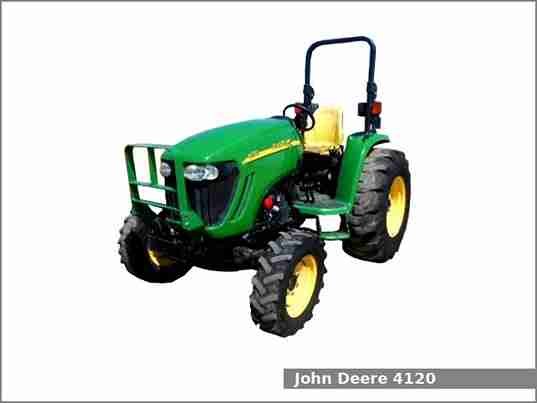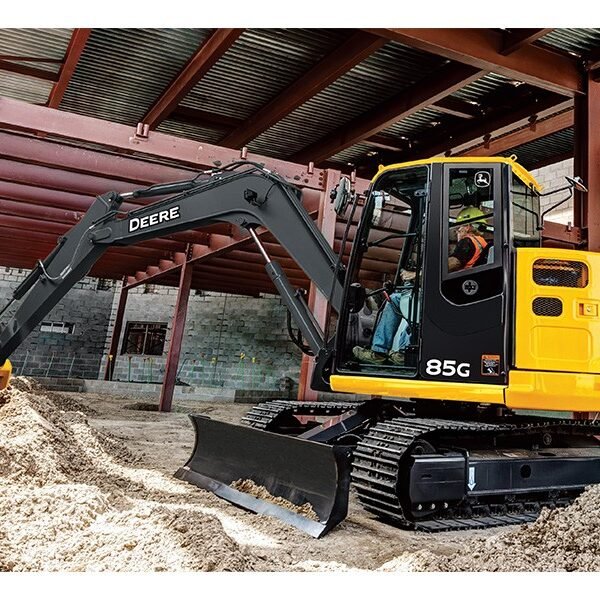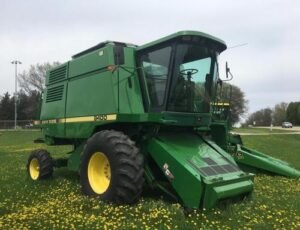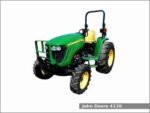John Deere 4120 and 4320 Utility Tractor Service Manual Tm105019
$49.99
TM105019
Comprehensive Guide to John Deere 4120 and 4320 Utility Tractor Service Manual
The John Deere 4120 and 4320 Utility Tractors are renowned for their reliability and performance in various agricultural and industrial applications. This guide provides an in-depth overview of the service manual for these utility tractors, ensuring you have the detailed information needed to maintain and repair your equipment efficiently.
Description
John Deere 4120 and 4320 Utility Tractor Service Manual Tm105019
The John Deere 4120 and 4320 Utility Tractors are renowned for their reliability and performance in various agricultural and industrial applications. This guide provides an in-depth overview of the service manual for these utility tractors, ensuring you have the detailed information needed to maintain and repair your equipment efficiently.
Understanding the John Deere 4120 and 4320 Utility Tractors
Overview of John Deere 4120 Utility Tractor
The John Deere 4120 is a versatile utility tractor equipped with a powerful diesel engine, four-wheel drive, and a hydrostatic transmission. It is designed for a wide range of tasks, from mowing and tilling to loading and hauling.
Overview of John Deere 4320 Utility Tractor
The John Deere 4320, similar to the 4120, features a robust diesel engine and advanced transmission options. It offers additional horsepower and enhanced capabilities, making it ideal for more demanding tasks.
Key Components and Systems: John Deere 4120 Service Manual
Engine System
The engine is the heart of the John Deere 4120 and 4320 Utility Tractors. Proper maintenance of the engine system is crucial for optimal performance. This section covers essential aspects such as oil changes, fuel system maintenance, and cooling system checks.
Engine Maintenance Tips
- Regular Oil Changes: Follow the recommended oil change intervals to keep the engine running smoothly.
- Fuel System Care: Use clean fuel and regularly inspect the fuel filter to prevent blockages.
- Cooling System Checks: Ensure the radiator and coolant levels are maintained to avoid overheating.
John Deere 4120 and 4320 Utility Tractor Service Manual Tm105019
Transmission System
The transmission system in both tractors is designed to provide smooth and efficient power delivery. Proper maintenance includes checking transmission fluid levels and ensuring the system is free from leaks.
Transmission Maintenance Tips
- Fluid Level Checks: Regularly check and top up transmission fluid to maintain optimal performance.
- Inspect for Leaks: Regular inspections help detect and address leaks early, preventing major issues.
Hydraulic System
The hydraulic system powers various attachments and implements. Maintaining the hydraulic fluid and inspecting hoses and connections are vital to prevent failures.
Hydraulic System Maintenance Tips
- Fluid Checks: Ensure hydraulic fluid levels are within the recommended range.
- Inspect Hoses and Connections: Regularly inspect for leaks and wear, replacing components as needed.
Routine Maintenance Procedures
Daily Checks
Performing daily checks can prevent minor issues from escalating into major problems. Key areas to inspect include fluid levels, tire pressure, and general machine cleanliness.
Daily Maintenance Checklist
- Check Fluid Levels: Engine oil, transmission fluid, and hydraulic fluid.
- Inspect Tires: Ensure proper inflation and check for signs of wear.
- Clean Machine: Remove debris and dirt to prevent component damage.
Weekly and Monthly Maintenance
In addition to daily checks, weekly and monthly maintenance tasks ensure the longevity of your tractor.
Weekly Maintenance Tasks
- Lubricate Moving Parts: Apply grease to all moving parts to reduce friction and wear.
- Inspect Battery: Check battery terminals and clean if necessary.
Monthly Maintenance Tasks
- Detailed Inspection: Conduct a thorough inspection of all major systems.
- Replace Filters: Change air and fuel filters to ensure clean operation.
Troubleshooting Common Issues
Engine Troubleshooting
Common engine issues can include hard starting, loss of power, and unusual noises. This section provides solutions to these problems.
Common Engine Problems and Solutions
- Hard Starting: Check the battery, fuel system, and glow plugs.
- Loss of Power: Inspect the air filter, fuel filter, and engine compression.
- Unusual Noises: Listen for knocking or grinding sounds and investigate potential causes.
Transmission Troubleshooting
Transmission issues can manifest as shifting difficulties or unusual noises. Proper diagnosis is essential for effective repair.
Common Transmission Problems and Solutions
- Shifting Problems: Check the transmission fluid level and linkage adjustments.
- Unusual Noises: Inspect for worn gears or bearings.
Hydraulic System Troubleshooting
Hydraulic system failures can impact the functionality of attachments. Identifying leaks and pressure issues is crucial.
Common Hydraulic Problems and Solutions
- Leaking Hoses: Replace damaged hoses and tighten connections.
- Low Hydraulic Pressure: Check the fluid level and inspect the pump.













Exmanuals –
this manual is very complete